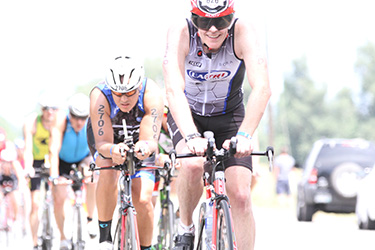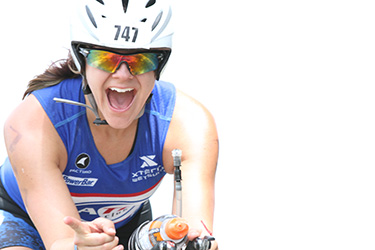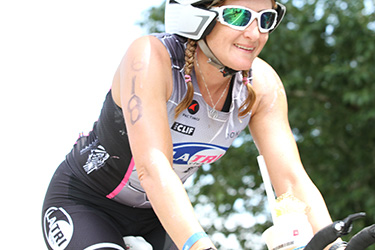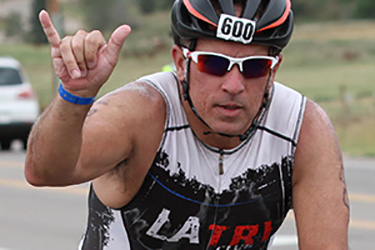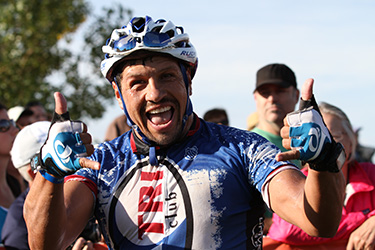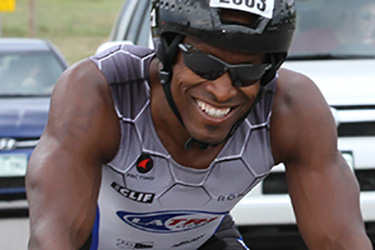Basic Logic: Being well hydrated will only help your training, your racing and your recovery, while being dehydrated will do nothing but hinder you.
Don’t wait until you are thirsty to drink - keep it coming in at a steady rate. Find separate categories in your mind; one for water and one for sports drinks. These are two different, but important, things. In training, and on race day, you will need to consume both to satisfy your body’s needs for hydration.
Clean, cool water is the very best thing that a triathlete can drink. And you’ll need plenty before, during, and after workouts and races. A 150 pound adult can lose a half gallon of water a day just living, and a triathlete in training can lose up to two gallons.
Drink some water up to 20 minutes prior to swimming, and plenty after. Keep at least two water bottles on your bike, and drink 4-8oz every 15 minutes. During runs exceeding an hour, carry a bottle or know the water sources on your route.
Electrolyte replacement drinks such as Revenge, Gatorade, etc. help restore essential minerals like sodium, potassium and others. Some sports drinks contain too much sugar, and this can draw water away from the working muscles and back to the digestive system to help break down the sugar. The salt content in sports drinks is an essential part of hydration.


